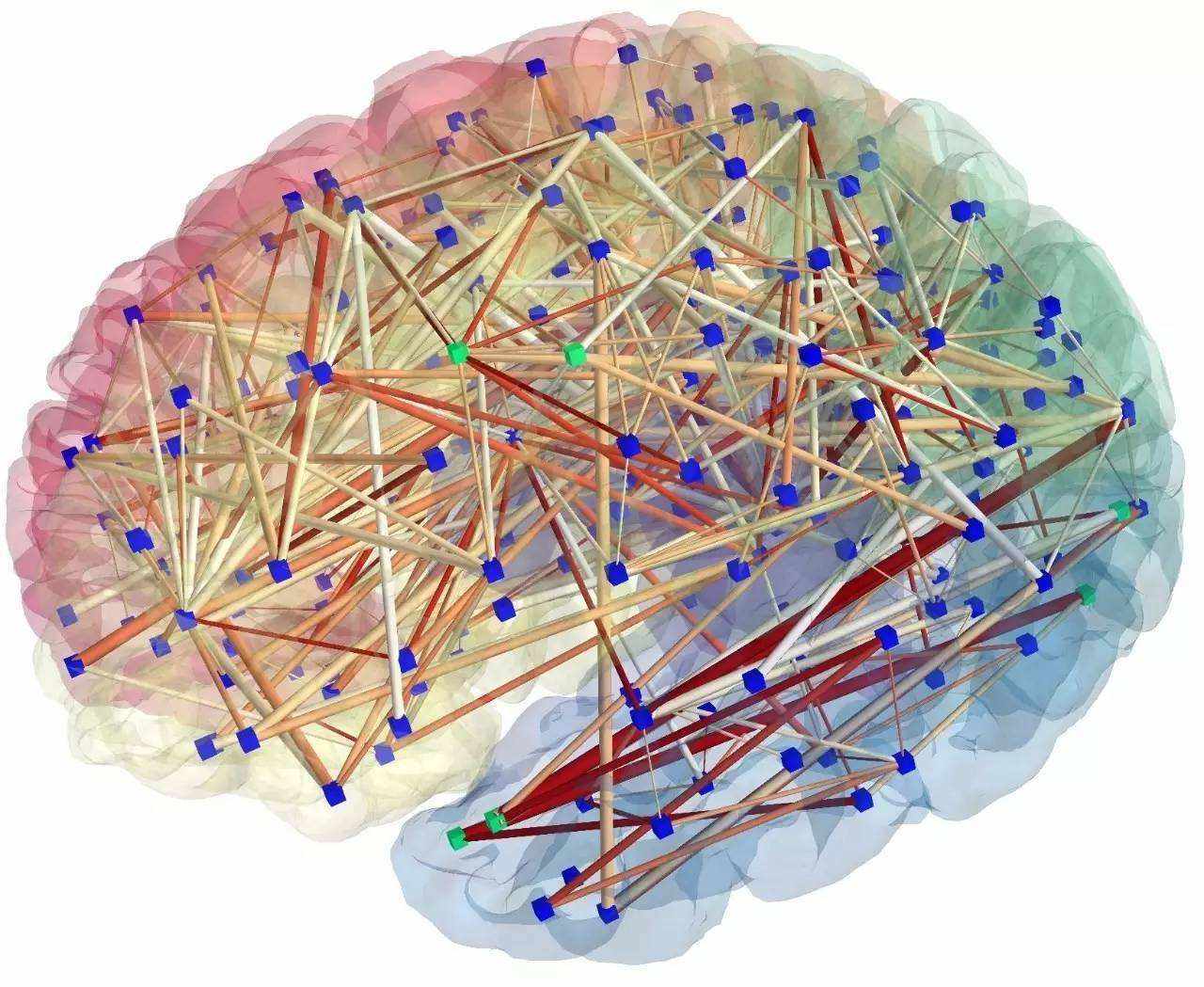创新背景
麻省理工学院的研究人员已经建立了“液体”神经网络,灵感来自小型物种的大脑:一类灵活、健壮的机器学习模型,可以在工作中学习,并能适应不断变化的条件,用于现实世界的安全关键任务,如驾驶和飞行。这些“液体”神经网络的灵活性意味着增强我们与世界相连的血脉,为许多涉及时间序列数据的任务提供更好的决策,如大脑和心脏监测、天气预报和股票定价。
但随着神经元和突触数量的增加,这些模型的计算成本变得昂贵,需要笨拙的计算机程序来解决其潜在的复杂数学问题。所有这些数学问题,就像许多物理现象一样,用规模来解决变得更加困难,这意味着计算许多小步骤才能得到一个解决方案。
创新过程
同一组科学家发现了一种缓解这一瓶颈的方法,即通过突触求解两个神经元相互作用背后的微分方程,从而解锁一种新型快速高效的人工智能算法。这些模式具有与液体神经网络相同的特征:灵活、因果性和可解释,但速度要快几个数量级,而且可扩展。因此,这种类型的神经网络可以用于任何需要长期洞察数据的任务,因为即使经过训练,它们也非常紧凑和适应性强——而许多传统模型都是固定的。
该模型被称为“封闭连续时间”(CfC)神经网络,在一系列任务中优于最先进的同类模型,在从运动传感器识别人类活动、模拟步行机器人的物理动力学建模和基于事件的顺序图像处理方面具有更高的速度和性能。例如,在一项医疗预测任务中,新模型对8000名患者的采样速度要快220倍。

微分方程使人们能够计算世界的状态或一种现象的演变。为了建模自然现象,了解过去和未来的行为,比如人类活动识别或机器人的路径,该团队从一袋数学技巧中找到了门票:一个“封闭形式”的解决方案,在一个单一的计算步骤中建模整个系统的整个描述。
2020年,该团队通过使用19个节点的液体神经网络解决了这一问题,因此19个神经元加上一个小型感知模块可以驾驶一辆汽车。微分方程描述了系统的每个节点。对于封闭形式的解,如果你把它替换到这个网络中,它会给出精确的行为,因为它很好地近似了系统的实际动力学。因此,他们可以用更少的神经元数量来解决这个问题,这意味着它将更快,计算成本更低。

这些模型可以接收时间序列(时间中发生的事件)的输入,可用于分类、控制汽车、移动人形机器人或预测金融和医疗事件。使用所有这些不同的模式,它还可以提高准确性和性能,重要的是,还可以提高计算速度。
创新关键点
研究人员用一个封闭的近似形式取代了定义神经元计算的微分方程,保留了液体网络的美丽属性,而不需要数值积分。
创新价值
CfC模型是因果的、紧凑的、可解释的,训练和预测是有效的。它们为安全关键应用打开了可信赖的机器学习之路。解决微分方程对推进自然和人工智能系统的研究都有深远的意义。
The novel AI algorithm can solve the differential equations of neuron interaction through synapses
The same group of scientists found a way to alleviate this bottleneck by solving the differential equation behind the interaction of two neurons through synapses, unlocking a new type of fast and efficient AI algorithm. These patterns have the same characteristics as liquid neural networks -- flexibility, causality, robustness, and interpretability -- but are orders of magnitude faster and scalable. This type of neural network can therefore be used for any task that requires long-term insight into data, as they are very compact and adaptable even when trained - whereas many traditional models are fixed.
The model, known as a "closed continuous time" (CfC) neural network, outperforms the most advanced models of its kind across a range of tasks, with higher speed and performance in identifying human activity from motion sensors, simulating physical dynamics modeling of walking robots, and event-based sequential image processing. For example, in a medical prediction task, the new model sampled 8,000 patients 220 times faster.
Differential equations make it possible to calculate the state of the world or the evolution of a phenomenon. To model natural phenomena and understand past and future behavior, such as human activity recognition or the paths of robots, the team found its ticket from a bag of mathematical tricks: a "closed form" solution that models the entire description of an entire system in a single computational step.
In 2020, the team solved this problem by using a liquid neural network with 19 nodes, so 19 neurons plus a small perception module can drive a car. The differential equation describes each node of the system. For the closed form solution, if you substitute it into this network, it will give the exact behavior, because it's a good approximation of the actual dynamics of the system. So they can solve the problem with a smaller number of neurons, which means it will be faster and less computationally expensive.
These models can receive input from time series (events occurring in time) and can be used to sort, control cars, move humanoid robots or predict financial and medical events. Using all these different modes, it can also improve accuracy and performance and, importantly, speed up calculations.
智能推荐
神经科学创新 | 动物天生的节拍同步创新研究
2022-11-15精确地随着音乐节拍移动被认为是人类与生俱来的技能,研究表明老鼠也有这种能力。
涉及学科涉及领域研究方向神经科学创新 | 创新利用EGCG分子帮助发现CNS-11和CNS-17可对抗阿尔兹海默病
2022-11-08加州大学洛杉矶分校的科学家使用在绿茶中发现的一种分子来鉴定其他分子,这些分子可以分解大脑中被认为会导致阿尔茨海默病和类似疾病的蛋白质缠结。
涉及学科涉及领域研究方向神经科学创新 | 新型微创BMI利用”fUS”技术可准确绘制大脑活动
2022-10-14加州理工学院的一项合作开发了一种新型的微创BMI,用于读出与运动计划相对应的大脑活动。使用功能性超声波(fUS)技术,它可以以100微米的分辨率(单个神经元的大小约为10微米)准确地绘制大脑深处的精确区域的大脑活动。
涉及学科涉及领域研究方向改进高分辨率成像技术帮助观察突触神经递质受体含量
2022-08-18通过基因编辑细胞开发小鼠模型,使用高分辨率成像技术研究突触神经递质受体含量和踪迹。
涉及学科涉及领域研究方向